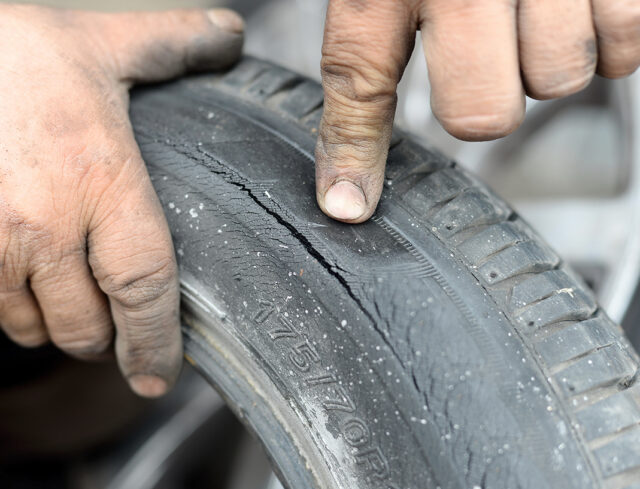
The condition of your tires can be critical. Worn-out wheels put safety at risk and increase fuel costs. Every car owner faces the question, “When should I replace my old wheels?” Ignoring this leads to dangerous consequences, such as blowouts or poor road grip.
Drivers often overlook tire health. Many rely on them until they are dangerously bald. However, there’s a fine line between safe usage and risking your life. In this guide, we will help you identify the clear signs of tire wear. By understanding the importance of timely replacements, you ensure safety, fuel efficiency, and performance.
Key Points:
- Tire wear affects safety and performance.
- Check the tread depth regularly.
- Replace when the tread falls below 1.6mm.
- Uneven wear suggests alignment problems.
- Don’t rely on age alone. Physical condition matters.
How Worn Should Tires Be Before Replacement?
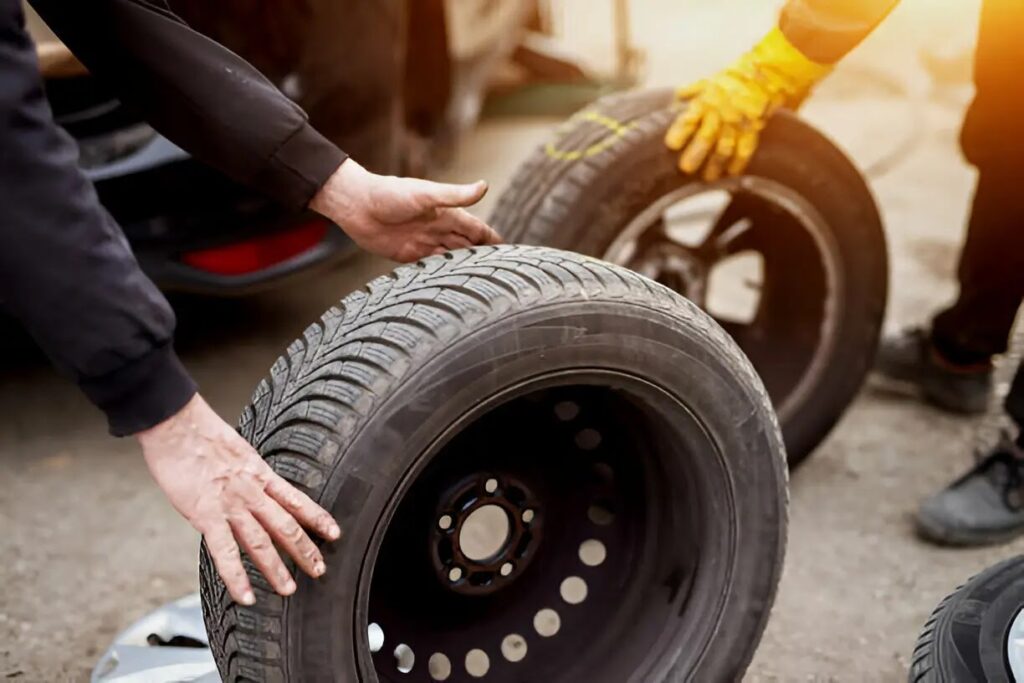
Tread depth is a crucial factor. In Canada, the legal limit is 1.6mm. Once it hits that point, replacement becomes necessary. However, the recommended depth for optimal safety is 3mm. Anything less than this, and you risk poor traction. Wet roads become treacherous when tires lose grip. Your stopping distance increases and the risk of hydroplaning is higher.
A trip to a St. Catharines tire shop could save your life if you need professional advice on tire wear. Rectangle Auto Supply offers a wide selection, ensuring you get the best possible grip on the road.
The Penny Test: A Simple Tool
Not sure how deep your tread is? Grab a penny. Place it into the tread with the Queen’s head upside down and facing you. If you can see the top of the head, your tread is too shallow. It’s time to replace the tires.
While simple, the penny test isn’t foolproof. Modern wheels are more complex than older ones. You still need to keep an eye on wear indicators. Manufacturers build these into the rubber as small bars that run across the tire’s surface. When the tread wears down to the level of these bars, it’s time to change them.
Uneven Wear: A Red Flag
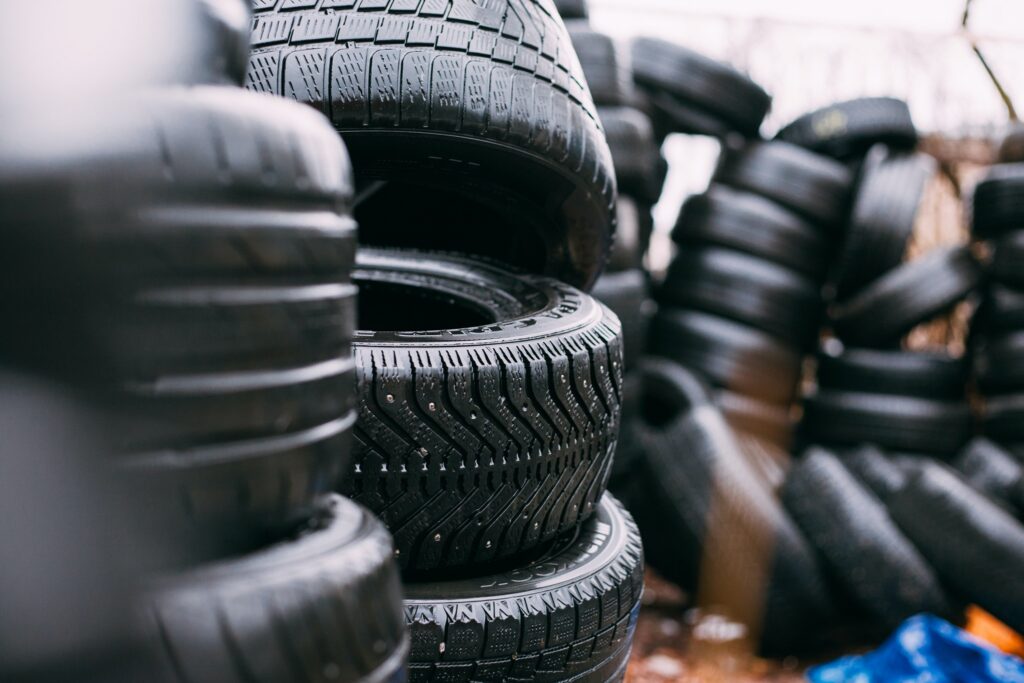
If the wear is uneven, you may have a bigger problem. Uneven wear means poor wheel alignment or suspension issues. Tires wearing more on one side than the other show that something is off. You must not ignore this. Misalignment affects how your car handles, especially at high speeds. This makes your vehicle less stable, and even a minor issue can turn dangerous.
Rotate them regularly to ensure even wear. Doing so can extend their lifespan. Regular alignment checks help, too.
Cracks and Bulges
Even if your tread seems fine, keep an eye on the tire’s physical condition. Cracks in the sidewalls, bulges, and blisters are signs of serious damage. These can cause blowouts. Cracks mean the rubber is deteriorating. Bulges show that the internal structure is damaged, putting pressure on weak points. A blowout at high speeds could cause a serious accident.
If you see any signs of cracks or bulges, replace your tires immediately. Don’t wait for a catastrophic failure on the road.
Age Matters, But Condition Is More Important
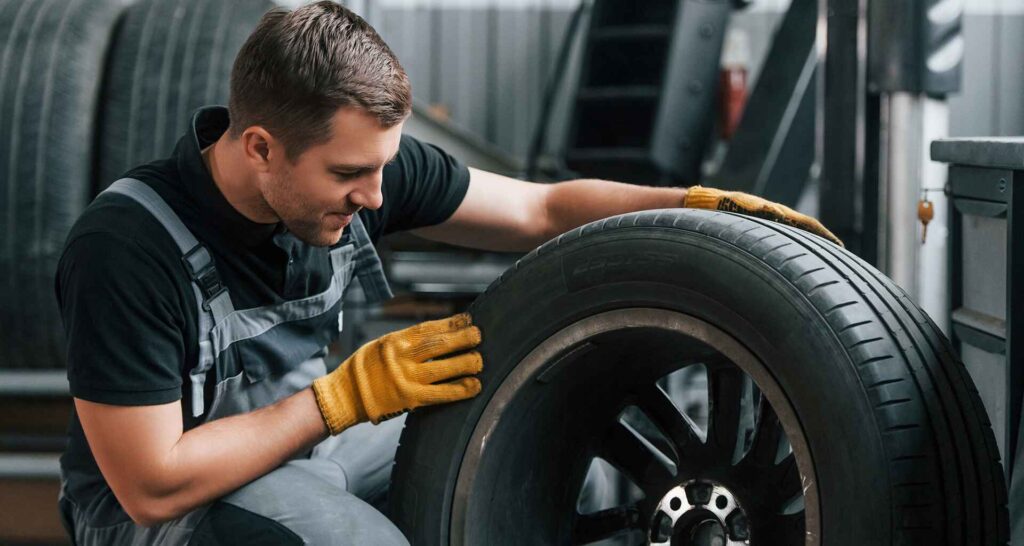
Tires degrade over time, even if you don’t drive often. Rubber dries out and cracks after years of exposure to heat and sunlight. The general recommendation is to replace them every six years. However, don’t rely on age alone.
If your car sits unused for long periods, the tires may develop flat spots. Even minimal wear on older ones should be taken seriously. Check the sidewall for the manufacturing date. The four-digit number shows the week and year of production.
A five-year-old tire may still perform well if it’s been stored properly but always consider the physical state. Inspect them regularly.
Temperature and Weather Impact on Tire Lifespan
Living in an area with extreme temperatures shortens tire life. Hot weather causes faster rubber degradation. On the other hand, cold temperatures cause the rubber to harden, reducing traction.
In Canada, where winters are harsh, the need for winter tires is clear. Don’t use all-season tires in snow or icy conditions. Winter wheels are designed to handle freezing temperatures and offer better grip. Switching to winter them when the temperature drops below 7°C will improve safety.
The Risks of Driving on Bald Tires
Driving on bald tires is dangerous. Without enough tread, you have no grip. In wet conditions, this leads to hydroplaning. Your vehicle will skid uncontrollably. Braking becomes a gamble. Stopping distances increase, and the likelihood of accidents rises.
Bald tires also increase the chance of blowouts. They can’t withstand impact from potholes, curbs, or sharp objects. The weakened structure gives out under pressure. When a blowout occurs, controlling the car becomes difficult.
Finally, bald tires worsen fuel efficiency. The lack of tread increases rolling resistance, making your car work harder. You’ll spend more money on fuel over time.
What Are Your Options for Replacing Tires?
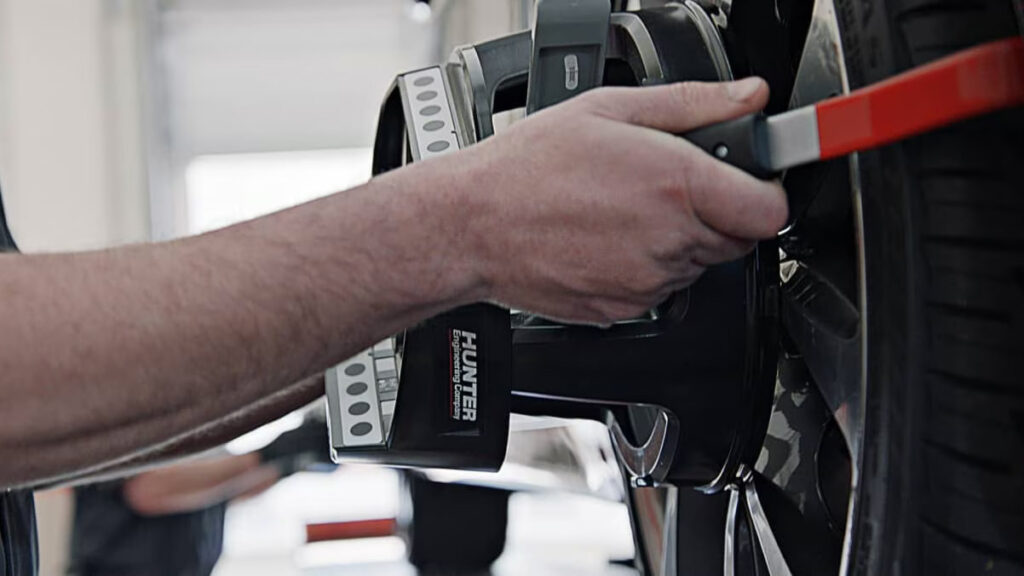
Replacing tires isn’t always about getting brand-new ones. Quality used tires are a great option. Many used wheels have plenty of life left. You save money without sacrificing performance. Rectangle Auto Supply offers a wide range of used tires in St. Catharines. Buying from a trusted shop ensures safety and value.
Consider your driving habits before making a choice. If you drive long distances daily, new tires might be worth the investment. For shorter, city commutes, used tires can perform just as well.
How to Make Tires Last Longer
Proper maintenance extends the life of your tires. Regularly checking tire pressure is crucial. Underinflated tires wear faster and waste more fuel. Overinflated ones are more likely to suffer blowouts. Always keep your tires inflated to the recommended levels.
Rotate them every 8,000 to 10,000 kilometers. This helps even out wear, making your tires last longer. Alignment checks are equally important. Poor alignment wears down tires faster. Finally, inspect them regularly for damage. Look for cuts, punctures, and foreign objects embedded in the rubber.
Conclusion
Tires are one of the most important parts of your vehicle. Worn-out rubber puts you at risk, both financially and physically. Don’t wait until they are completely bald. Check the tread depth, look for cracks and bulges, and consider the age of the tire.
Replacing tires isn’t just about staying legal. It’s about ensuring your safety and that of others on the road. Make regular tire inspections part of your routine.











